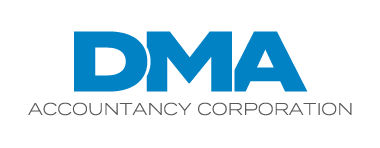A gradual decline in expected gross profits over the course of a project is known as “profit fade.” It not only undermines the financial performance of construction companies, but also may raise red flags with sureties and lenders. For these reasons, contractors face an operational imperative to recognize why profit fade happens and know what steps they can take to stop it.
Common culprits
So, what can cause profit fade? Many things, often in combination. Poor or overly optimistic estimating, inaccurate job costing, and unbillable extra work or change orders are common culprits. Unsatisfactory performance by subcontractors or suppliers can be a cause, as can lax project management or field supervision on the part of the general contractor. Adverse weather conditions or other unexpected jobsite challenges may also contribute to the problem.
It’s normal to experience any one of these issues over the years in the due course of business. However, if your jobs regularly suffer from profit fade, you should formally and directly address the problem.
Direct and indirect costs
Another major contributor to profit fade is overlooking the nuances of direct and indirect costs. Direct costs, of course, pertain directly to the project at hand. Indirect costs relate to contract performance but on a wider scale. They can be trickier to deal with because they’re often hidden from view.
Take, for instance, insurance expenses. They often lead to profit fade because premiums tend to change from year to year. But, with a little effort, you can parse workers’ compensation and liability costs into an hourly rate for different trades and incorporate this data into labor cost calculations.
You can take similar measures with vehicle insurance. Price the cost of drivers at an hourly rate different from that of nondrivers. Apply a mileage rate for gasoline and depreciation by estimating how many miles a driver will have to travel on a typical day. From there, you should be able to integrate vehicle insurance costs into hourly calculations so you can cover all true costs — and have enough to cover overhead and the profit margin.
Other ideas
There are a variety of other ways to prevent fade. For starters, evaluate your estimating and job costing systems and procedures to make sure they’re accurate and complete. Consider using more conservative assumptions in your estimates. Build in contingent costs to provide a cushion against unanticipated delays and expenses.
Also, analyze past jobs to look for patterns and trends. Is there a correlation between profit fade and certain factors, such as job type, location, contract size or customer? Is profit fade more likely to occur on jobs involving certain estimators, project managers or other personnel?
Talk to employees involved with those jobs to identify any factors that caused actual costs to exceed estimated costs. Use this information to improve your estimates and management practices on future jobs.
Protect yourself
For contractors, there are few worse feelings than giving your all to a project only to see the profit margin gradually shrink to a minimal amount or, worse yet, disappear completely. We’d be happy to review financial documentation from your recent jobs and help you determine how to better control costs and identify achievable ways to build the bottom line.
© 2022


Recent Comments